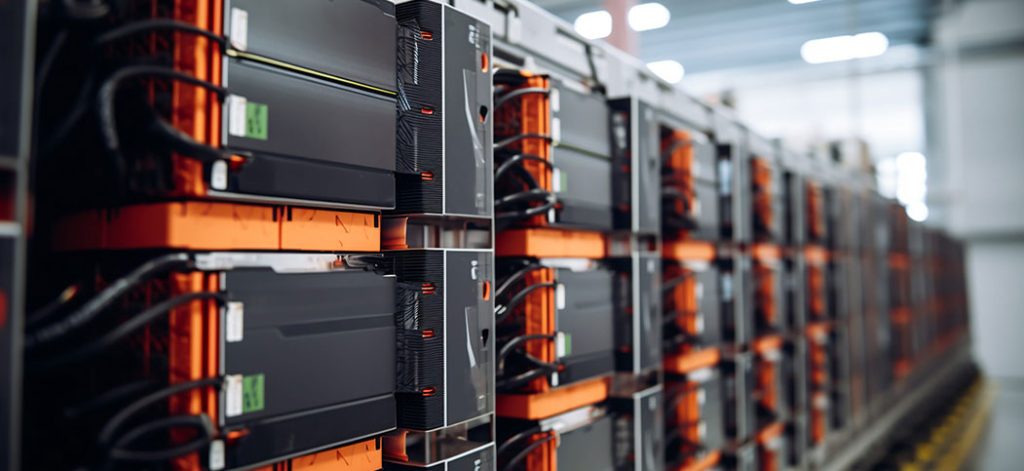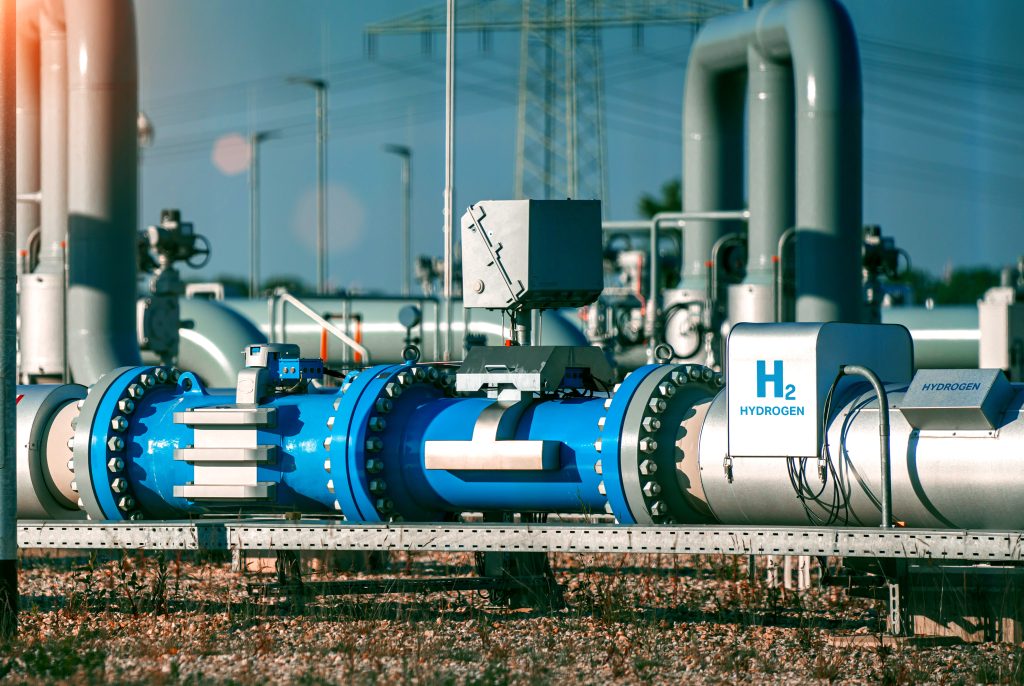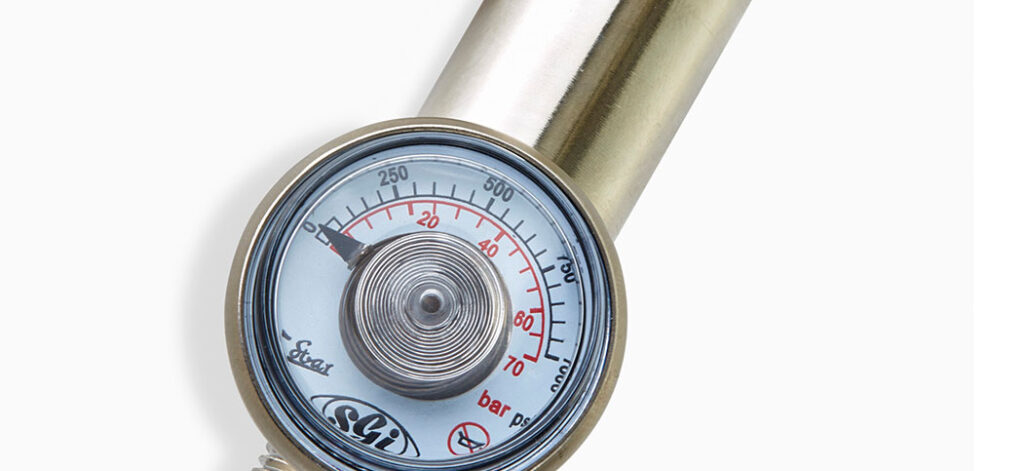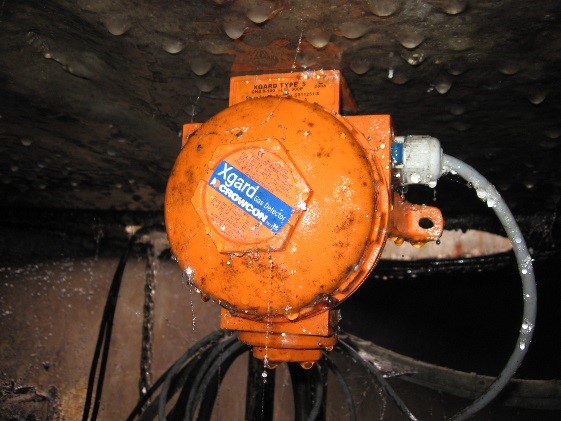Nu we collectief op weg zijn naar een groenere toekomst waarin de verschuiving naar duurzame energieoplossingen een van de belangrijkste mondiale sociaal-politieke kwesties is geworden, staan lithium-ionbatterijen centraal als mogelijke oplossing. Dankzij hun vermogen om grote hoeveelheden energie op te slaan in een relatief lichte en compacte vorm, hebben ze een revolutie teweeggebracht in alles van draagbare consumentenproducten tot elektrische voertuigen. Maar in hoeverre is een toekomst op batterijen echt de perfecte energieoplossing waar we naar op zoek zijn?
Mogelijkheden voor groenere energie faciliteren
De opkomst van lithium-ionbatterijen brengt een groot aantal voordelen met zich mee naarmate we minder afhankelijk worden van fossiele brandstoffen, wat bijdraagt aan een aanzienlijke vermindering van de uitstoot van broeikasgassen en luchtvervuiling. In het bijzonder met betrekking tot de elektrificatie van transport door middel van elektrische voertuigen (EV's). Door EV's aan te drijven met schone elektriciteit die is opgeslagen in batterijen, kan de transportsector zijn afhankelijkheid van fossiele brandstoffen verminderen en de uitstoot van broeikasgassen en vervuilende stoffen terugdringen. Naarmate de EV-sector competitiever wordt en veel overheden de opkomst van EV stimuleren, blijven de verbeteringen in batterijtechnologie het bereik, de oplaadsnelheid en de betaalbaarheid van EV verbeteren, waardoor ze sneller worden ingevoerd en de afhankelijkheid van voertuigen met verbrandingsmotoren verder afneemt.
Lithium-ion accu's spelen ook een steeds belangrijkere rol bij het stabiliseren van elektriciteitsnetten, omdat ze de integratie van intermitterende hernieuwbare energiebronnen, zoals zonne- en windenergie, in het elektriciteitsnet mogelijk maken. De zon schijnt niet altijd en het waait niet altijd - maar door overtollige energie op te slaan die wordt gegenereerd tijdens perioden van hoge productie en deze te ontladen wanneer dat nodig is, zorgen accu's voor een betrouwbare levering van schone energie op een betrouwbare, stabiele manier die voorheen moeilijk te realiseren was. Door het energiebeheer te optimaliseren en verliezen te verminderen die geassocieerd worden met traditionele energiesystemen, dragen batterijen bij aan een efficiënter en duurzamer energiegebruik in verschillende sectoren.
Hoe groen zijn lithium-ionbatterijen eigenlijk?
De toenemende populariteit van batterijen heeft echter ook gevolgen voor het milieu. De winning en verwerking van zeldzame aardmetalen zoals lithium en kobalt vindt vaak plaats onder uitbuitende omstandigheden in mijnbouwregio's. Het winningsproces kan ook aanzienlijke gevolgen hebben voor het milieu, zoals de vernietiging van habitats en waterverontreiniging. Bovendien geeft de verwijdering van lithium-ionbatterijen aan het einde van hun levenscyclus ook aanleiding tot bezorgdheid over recycling en de mogelijkheid dat er gevaarlijk afval in het milieu terechtkomt.
Er is echter nog een ander punt van zorg met betrekking tot lithium-ion-batterijen dat, met hun toegenomen gebruik, heeft geleid tot een toename van gevaarlijke incidenten: hun vluchtige en brandbare aard. Iedereen die de thermische runaway van lithium-ionbatterijen heeft gezien, kan niet anders dan het risico onderkennen dat verbonden is aan het toegenomen gebruik ervan. Zelfs het falen van kleinschalige lithium-ion elektronische apparaten voor consumenten kan dodelijke en verwoestende explosies en branden veroorzaken, waardoor de opslag en het gebruik van batterijen op grotere schaal robuuste veiligheidsmaatregelen vereist.
Risicobeheer met lithium-ionbatterijen
Gelukkig zijn er manieren om het risico van lithium-ion-accu's te beperken. Gewoonlijk worden batterijbeheersystemen (BMS) gebruikt om het oplaadniveau, de spanning, de stroom en de temperatuur van de batterij te controleren. Er is echter een efficiëntere en betrouwbaardere manier om thermische runaway te detecteren: gasdetectie.
Voorafgaand aan thermische runaway ondergaan de batterijen een proces van 'off-gassing', waarbij grotere hoeveelheden giftige VOC's vrijkomen. Door de gassen rond de batterijen te monitoren, kunnen tekenen van stress of schade worden geïdentificeerd voordat de thermische runaway begint.
Op dit moment richten veel verzekeraars zich op het brandrisico en moedigen ze Battery Energy Storage Systems (BESS) aan om processen in werking te hebben die ervoor zorgen dat branden zo snel en effectief mogelijk kunnen worden beheerst. Omdat lithium-ion accu's echter zeer temperatuurgevoelig zijn, is het waarschijnlijk dat als er eenmaal brand is in één accu, andere accu's in de buurt ook onherroepelijk beschadigd raken of zelf thermisch gaan exploderen. De oplossing is eenvoudig: identificeer de problemen in een zo vroeg mogelijk stadium door middel van gasdetectie en zorg ervoor dat brand niet kan beginnen om een grotere bescherming tegen rampen te bieden.
Je kunt geen prijskaartje hangen aan veiligheid
De kosten voor het investeren in geavanceerde gasdetectie zijn verwaarloosbaar in tegenstelling tot de kosten van brand - ruwweg 0,01% van de kosten van een nieuw project - waardoor het een voor de hand liggende keuze is voor diegenen die de risico's bij de productie, opslag en het gebruik van lithium-ion batterijen willen beperken. De schade aan het eigendom, de kosten voor de menselijke gezondheid (en zelfs het leven), naast de schade die wordt toegebracht aan de natuurlijke omgeving met potentiële verontreinigingsproblemen na het falen van de batterij zijn allemaal omvangrijk en significant. Gecombineerd met de bedreiging voor de instandhouding van een bedrijf bovenop de vereiste schadebeperking, is de noodzaak om gecompliceerde en dure schoonmaakoperaties te vermijden van het grootste belang. Dit is iets wat het Crowcon team als geen ander begrijpt.
Crowcon werkt nauw met u samen om ervoor te zorgen dat uw bedrijf en personeel zo veilig mogelijk zijn door middel van geavanceerde gasdetectietechnologie, zoals de MPS™-sensor. Onze Molecular Property Spectrometer™ (MPS™) technologie detecteert nauwkeurig meer dan 15 gevaarlijke gassen in één, waardoor een hogere norm voor de detectie van brandbare gassen en een groter vertrouwen in de veiligheid van uw batterij mogelijk wordt.
Klik hier om met ons te praten over de beveiliging van uw bedrijf
Hoewel het realiseren van het volledige potentieel van lithium-ion-technologie nog steeds een aanpak vereist van de ecologische en sociale uitdagingen die gepaard gaan met de productie, het onderhoud en de verwijdering ervan, betekent de toenemende verspreiding van lithium-ion-batterijen een belangrijke stap in de richting van een duurzamere en schonere energietoekomst. Innovatie in het onderhoud en de verbeterde efficiëntie van hernieuwbare energietechnologieën, zoals oplaadbare batterijen, is een cruciale stap om de samenleving los te maken van de afhankelijkheid van fossiele brandstoffen. Van het aandrijven van onze alledaagse apparaten tot het aanjagen van de overgang naar elektrisch vervoer en hernieuwbare energie, lithium-ion batterijen staan in de voorhoede van de duurzaamheidsrevolutie - en het Crowcon team staat klaar om een groenere en veiligere toekomst voor de komende generaties te helpen realiseren.
Download voor meer informatie over batterijveiligheid ons eBook 'The Battery Boom: The Explosive Rise of Thermal Runaway and how you can prevent it'.
Ontvang uw GRATIS exemplaar van het eBook 'The Battery Boom
Wilt u meer weten over hoe Crowcon u kan helpen de toekomst van uw bedrijf veilig te stellen met eersteklas gasdetectiesystemen? Klik hier om contact op te nemen voor een vrijblijvend gesprek met een lid van ons team.
INZICHTEN IN DE INDUSTRIE
Abonneer je en ontvang de nieuwste inzichten
IN je inbox
Lees meer over Crowcon's Privacy en Cookiebeleid hier. Als je van gedachten verandert, kun je je op elk moment uitschrijven






